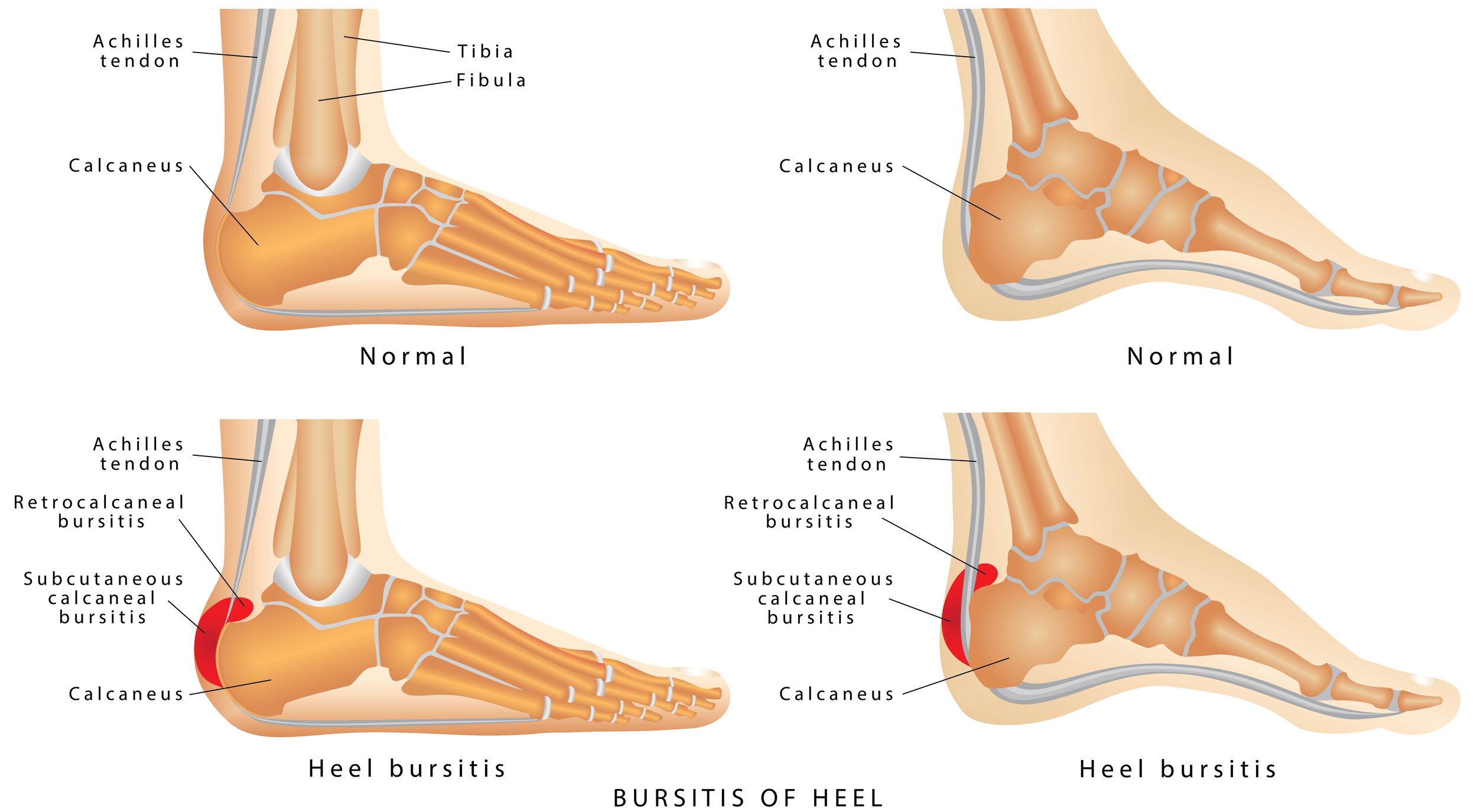Forefoot Pain – What is it? And when to see a doctor?
What is it?
Forefoot pain isn't a diagnosis — rather, it's a symptom caused by numerous potential conditions. You'll notice you have it if you feel discomfort around the toes and metatarsophalangeal joints (between your toes and feet).
Where you feel the pain helps your doctor determine the cause of your metatarsalgia. Your doctor will ask where the pain is located and what it feels like. For example, it could be an aching pain or a sharp sensation. They'll also want to know how long you've experienced the pain and if it's gotten worse.
What causes forefoot pain?
Using these symptoms and following an examination, your foot doctor will diagnose the cause of your pain. There are many potential causes, including:
Morton's Neuroma
Morton's neuroma is caused by irritation of the nerve running down the toes. It presents with burning pain, numbness, and a tingling sensation that can travel into the toes. It typically affects the 2nd, 3rd, 4th, or 5th toes. It can also feel like there's constantly a pebble under your foot as you walk.
Hammer/Claw Toes
It is caused by tight tendons of the toes, leading the toes to retract. It can be very painful.
They're typically caused by poor-fitting footwear, muscle imbalances, and trauma to the toes, resulting in pain in the forefoot. It's most commonly seen in the 2nd or 3rd toes — though it can affect all lesser toes.
You'll feel pain in the joints, toe rigidity, and possibly even corns or calluses over the affected areas.
Plantar plate disruption/tear
The plantar plate is a ligament attached to the metatarsal heads, keeping the toes aligned. When too much load is placed on it, it can tear.
It's most common for the tear to occur in the 2nd toe — and causes include bunions, long 2nd toes, and increased activities leading to excess load — e.g., running or weight lifting. Tears or disruptions are associated with pain localized to the affected area.
Capsulitis
Capsulitis, an inflammation of the outer lining of the joint capsule, is primarily associated with forefoot pain, often located beneath the ball of the forefoot. Symptoms include pain and swelling. Wearing shoes becomes difficult, and walking barefoot can be very painful due to excessive loading on the forefoot.
Sesamoiditis
An inflammation ending in -itis occurs in the sesamoid bones of the big toe joint due to overuse. You'll feel a dull ache under the big toe that intensifies with activity or specific footwear, possibly linked to chondromalacia — a softening of the joint cartilage surface.
Stress Fracture
Stress fractures are precisely what they sound like — typically triggered by excessive force (or repetitive force) on the bone, resulting in a fracture, and they can manifest as pain in the forefoot. If left untreated, they can be challenging to heal — as the foot needs proper rest and recovery.
Pain is commonly felt with activity and improves with rest. You may also notice bruising or swelling around the site.
Intermetatarsal Bursitis
Bursa — small fluid-filled sacs — lie around the joint bones to cushion the joints. When you excessively load on these joints, the bursa can become inflamed, for instance, from tight footwear, increased physical exercise, or toe deformities.
Intermetatarsal bursitis is associated with forefoot pain, swelling, and tenderness around the affected joint. You'll most often feel it as you push off when walking.
Metatarsalgia
It is a pain around the metatarsal bones, often caused by overuse, overloading, or inappropriate footwear. It's widely considered to be a precursor to a stress fracture. The pain will be a deep ache, and swelling and bruising are uncommon — rest and proper footwear are crucial for recovery.
Other potential causes
Your forefoot pain doctor may diagnose several other common conditions. These include:
Gout is caused by a build-up of uric acid crystals in a joint, leading to inflammation.
Bunions are bumps along the side of the big toe due to a poorly-aligned metatarsal bone and big toe.
Corns or calluses are an excess or thickening of the skin (usually found on the soles of the feet).
A verruca (aka a plantar wart) is caused by an HPV infection leading to a wart.
When to see a doctor for forefoot pain?
You should see a doctor if you notice pain in your foot for several days that does not change or worsen. You should also see a forefoot doctor if the pain is severe and sudden in onset (this may indicate a fracture).
Our doctors will take your history and examine the foot to determine the potential causes. If needed, you may be sent for an X-ray — to assess for the presence of a fracture or metatarsal deformity.
Treatments vary depending on the cause of the forefoot pain. Inflammatory conditions are typically treated with rest and a prescription for anti-inflammatory medications (e.g., ibuprofen or naproxen).
In contrast, certain conditions may necessitate a change in footwear, strengthening exercises, and potentially orthotics.
We can produce custom-made orthotics for all our patients and will monitor symptoms until we see significant improvement.
We can help you. Make an appointment for a comprehensive evaluation with Foot & Ankle Centers today.





